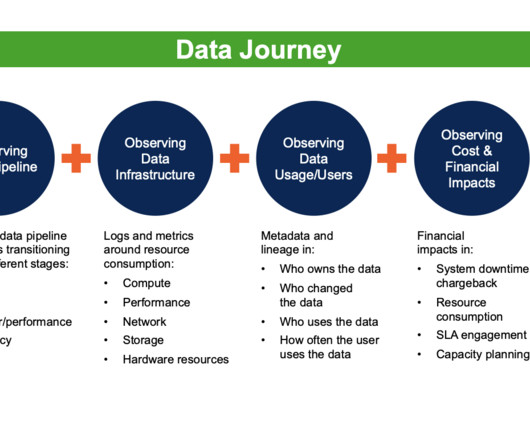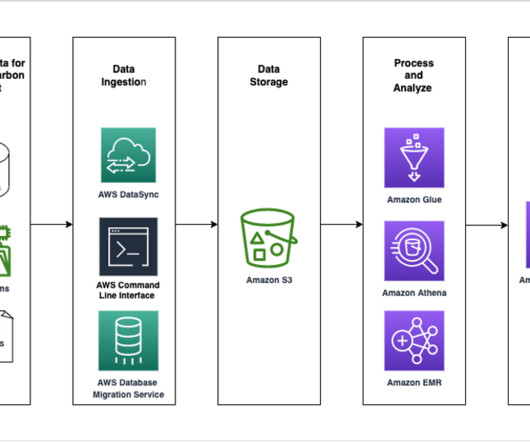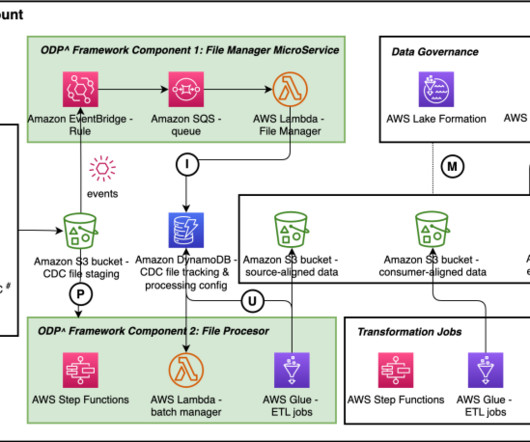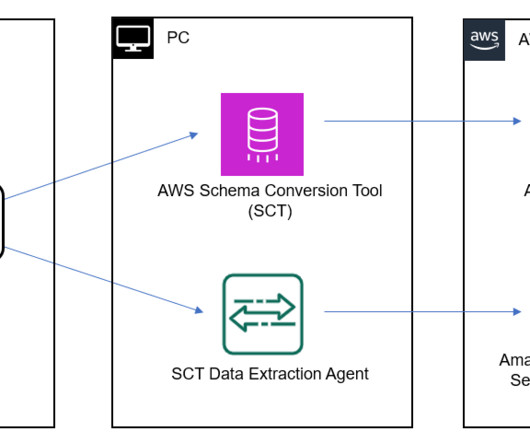Introducing Apache Iceberg in Cloudera Data Platform
Cloudera
FEBRUARY 22, 2022
Over the past decade, the successful deployment of large scale data platforms at our customers has acted as a big data flywheel driving demand to bring in even more data, apply more sophisticated analytics, and on-board many new data practitioners from business analysts to data scientists.























Let's personalize your content